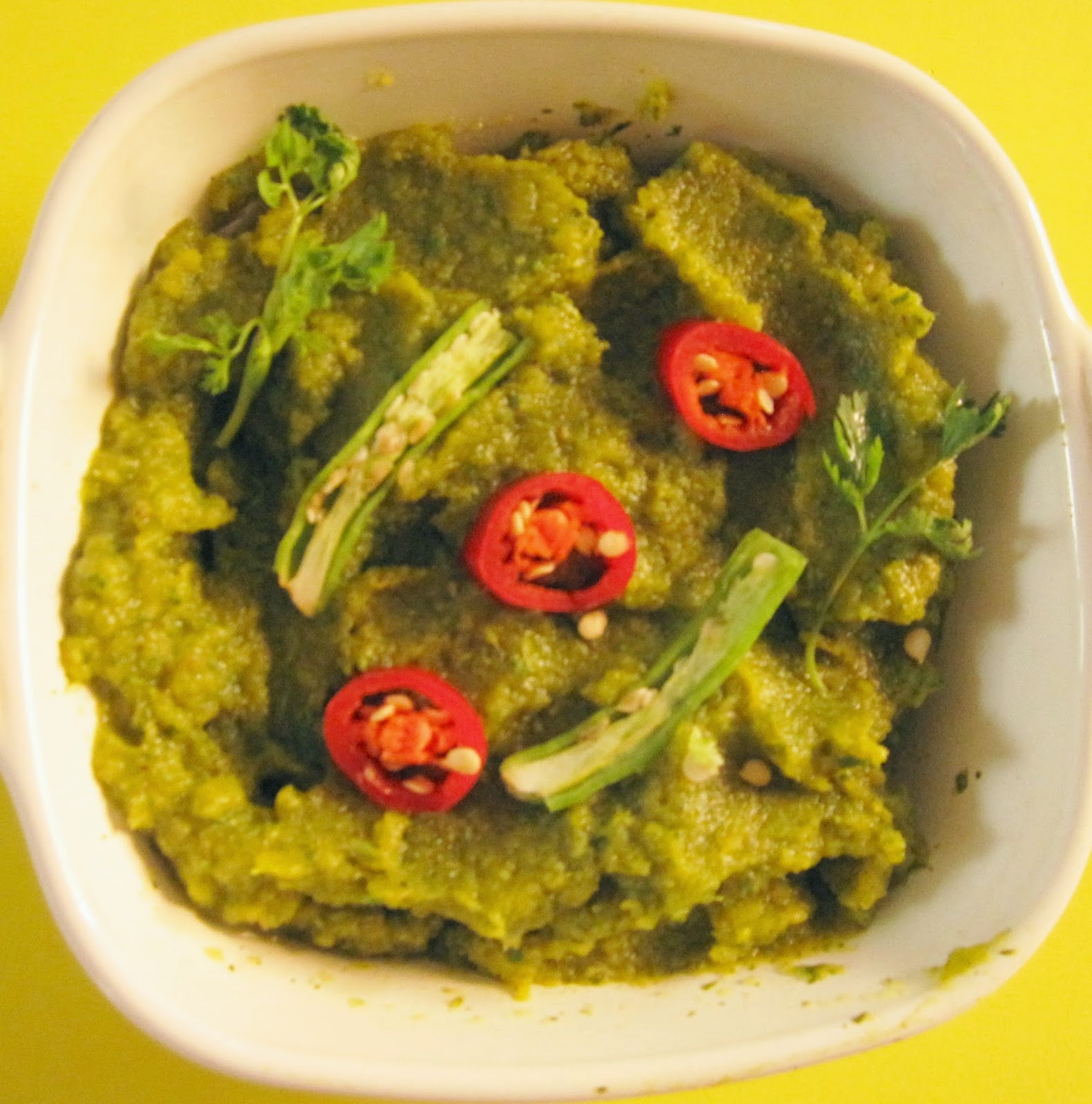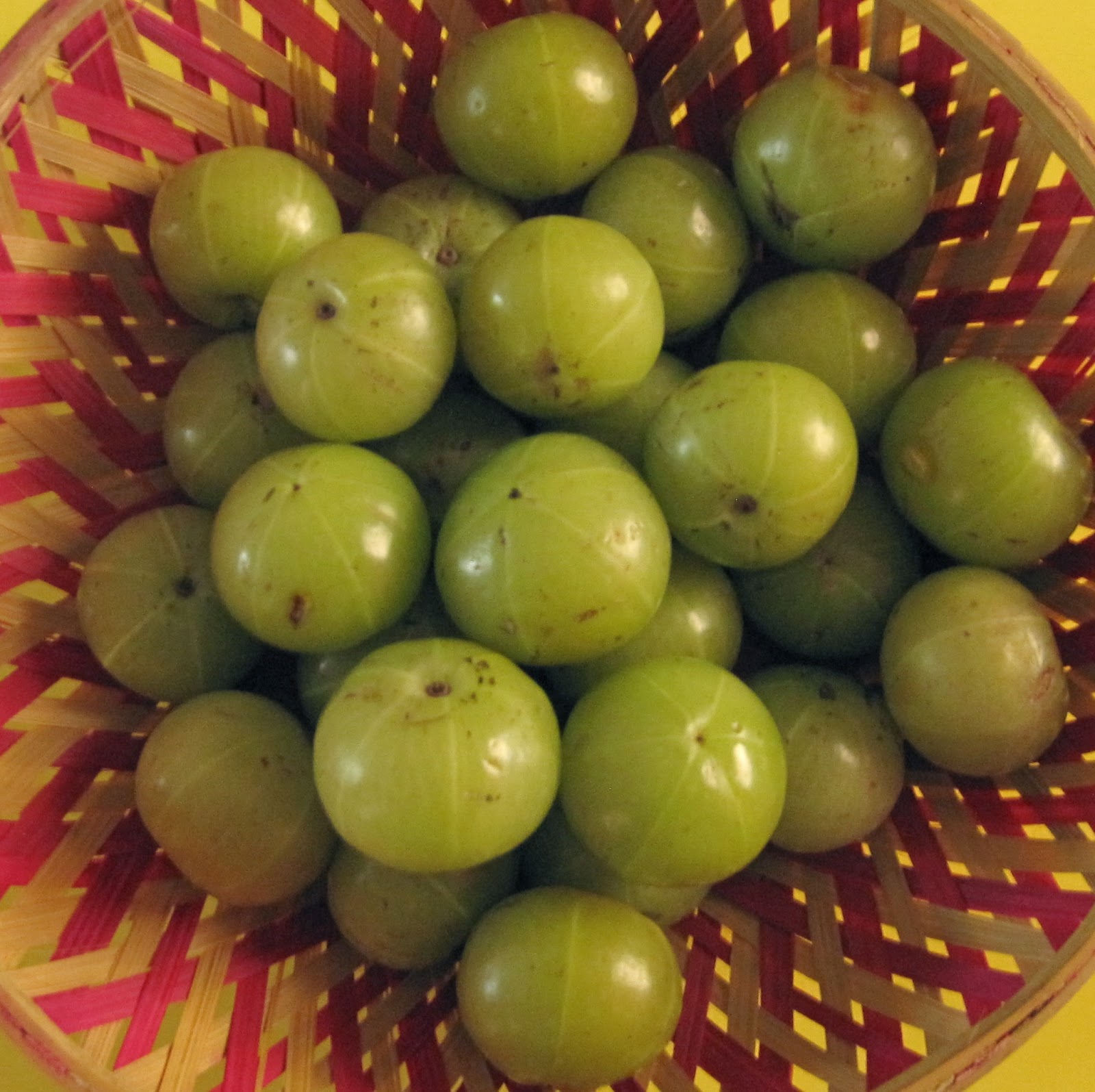Usually salad is not an integral part of South Indian cooking. Mostly, either some slices of onion, cucumber or long green chiles are served along with meals.
Soaked drained uncooked moong dal or chana are offered to gods as prasadam. So, the lentils are converted into salads or seasoned with some salt and chile etc and served as snacks. Moong dal salad, popularly known as Kosumbari in Karnataka is very easy to make and very nutritious healthy food. Sprouted moong or sprouted chana can be used in place of or along with moong dal. If chana dal is used, it is better to cook in pressure cooker before adding.
Vegetables like grated carrots, grated or chopped cucumber, finely cut onions, grated fresh coconut, fresh pomegranate, and grapes can be added. Even finely chopped and cooked cabbage can be added to the salad.
As summer is approaching, the fresh salad is a welcome snack.
Ingredients:
Seasoning: (optional)
Directions:
Soaked drained uncooked moong dal or chana are offered to gods as prasadam. So, the lentils are converted into salads or seasoned with some salt and chile etc and served as snacks. Moong dal salad, popularly known as Kosumbari in Karnataka is very easy to make and very nutritious healthy food. Sprouted moong or sprouted chana can be used in place of or along with moong dal. If chana dal is used, it is better to cook in pressure cooker before adding.
Vegetables like grated carrots, grated or chopped cucumber, finely cut onions, grated fresh coconut, fresh pomegranate, and grapes can be added. Even finely chopped and cooked cabbage can be added to the salad.
As summer is approaching, the fresh salad is a welcome snack.
Ingredients:
- 1/2 cup moong dal split either with or without skin
- 1 green chili finely minced
- 1 or 2 carrots cut finely or grated
- 1 small cucumber finely cut
- 2 or 3 tsp. fresh grated coconut
- 2 or 3 tsp. finely chopped cilantro
- 2 tsp. lemon juice
- Salt to taste
Seasoning: (optional)
- 1 tsp. oil
- 1/2 tsp. mustard seeds
- 1/2 tsp. jeera seeds
- Pinch of hing (asafetida)
Directions:
- Soak moong dal for 1 or 2 hours
- Wash and drain completely.
- Mix all ingredients.
- Fry seasoning and mix thoroughly.
- Let it settle for a few minutes and serve.
























